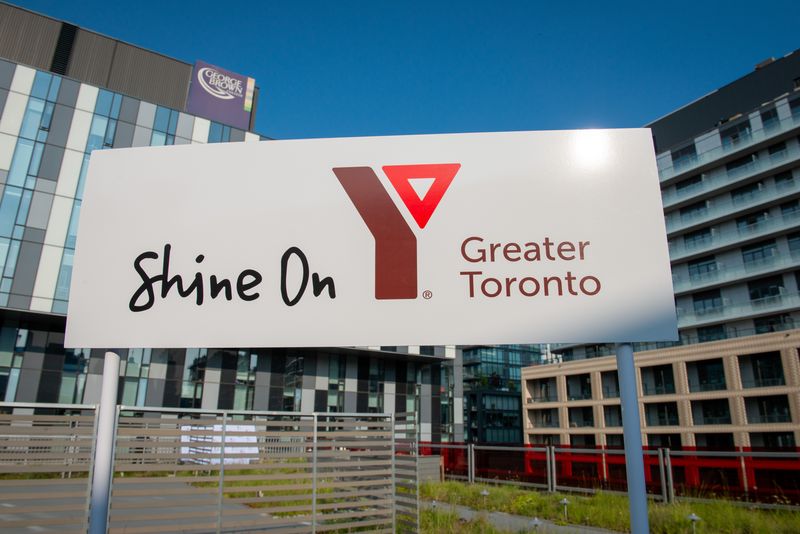Through years of work with Mantle, the YMCA of Greater Toronto (the Y) has demonstrated national leadership in climate resilience through climate-ready facilities and community capacity-building. Guided by the YMCA Resilience Strategy launched in 2018, the Y is continuously improving its facilities to operate its health and fitness and rural outdoor centres as community resilience centres (CRC).
A CRC is a facility or hub designed to help communities prepare for, respond to, and recover from climate-related events. This could include acting as a cooling centre during heatwaves, providing internet and facilities during power outages, and safety during extreme weather events. For rural facilities, this goes one step further to consider how they can become forest fire refuges, such as for nearby Indigenous communities. For more information and examples on the key functions of a CRC, read more here.
Ultimately, CRCs help ensure continuity of essential services, such as child care, food access, health services, and more, when regular systems are compromised. As climate impacts become more frequent and severe, CRCs play an increasingly important role in protecting communities and keeping essential services running during disruptions.
Resilience requires a community-centred approach, and organizations like the Y are showing what’s possible when trusted local institutions step into this role. The Y has also demonstrated the tangible ways that an organization can prepare its facilities for climate-related events.
Alex Versluis, Senior Vice President of Facilities Management at the Y, has led this transformation.
“Our charity has a more than 170-year history of stepping up in times of crisis and our climate resiliency efforts are a natural extension of that,” he says.
To achieve this, the Y and Mantle have found success by focusing on establishing key pillars:
Operational Readiness: Staff are being trained in emergency management protocols, facilities are prepared to be emergency food drop-off centres, 72-hour emergency management kits are available on site[CM1] for community members, and the Y is using tools like GIS modeling to better coordinate responses during emergencies. By combining physical upgrades with community-centred planning and training, the Y is demonstrating how existing infrastructure can be repurposed to meet the challenges of a changing climate. Their model offers a compelling blueprint for how other cities and organizations can build resilience from the ground up.
Facility Resilience: The Y’s buildings have been evaluated and are being upgraded to endure extreme weather events. This includes backup power generation, strengthened building envelopes and thermal performance, and flood risk reduction measures.
Partnerships: The Y has mobilized its facilities to support communities during a range of emergencies, including the COVID-19 pandemic, flooding events, heat waves, and ice storms through partnerships and coordination with municipalities, healthcare facilities, local Indigenous communities, non-profits like the Canadian Red Cross, and more.
Through its experiences and the development of CRCs, the Y has identified several key lessons that can guide other non-profits, municipalities, and commercial real estate organizations seeking to enhance their own resilience or that of the communities they serve.
Get in touch with us to draw on the Y and Mantle’s lessons learned and strategies, and to build upon your climate resilience journey today!

